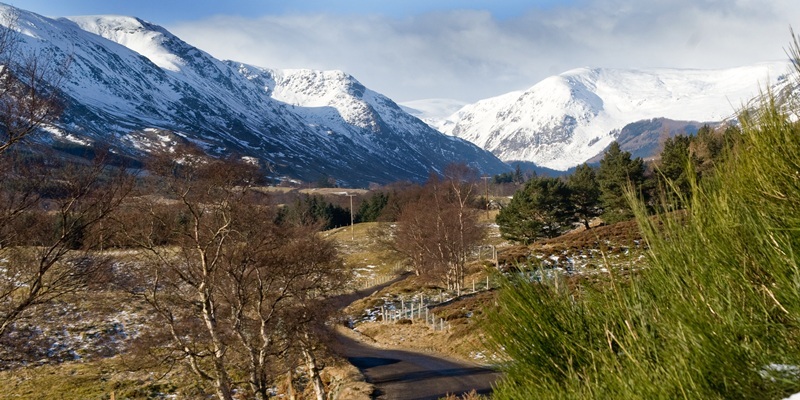Tayside Police Search and Rescue Unit has seen a staggering 30% increase in emergency calls compared with the same period last year.
Since January, rescuers have been called out 16 times. The emergency service puts a large portion of this rise down to the growing popularity of adventure tourism in the area.
About 80% of the Tayside area the search and rescue unit covers is mountainous or otherwise inaccessible, including large gorges such as Bruar, Birks of Aberfeldy and Reekie Linn.
As part of their role, rescuers also record and remove human remains, search for weapons/evidence and deal with incidents involving vulnerable or distressed people.
Team leader Det Sgt Colin MacDougall said the service is on course to exceed last year’s total 36 call-outs.
“Most of these incidents come under mountain rescue,” he said. “For mountain rescue incidents we work along with the civilian mountain rescue team in Tayside and deploy as one unit, bringing together our resources for a common purpose.
“Over the past few years the call-outs in Tayside have seen a marked change. Contemporary incidents now generally involve direct communication with the casualty and we are able to provide a very much more structured and focused response.
“Additionally, casualties are nowadays very much better prepared but have come to grief through a simple slip or trip which can have greater implications in remote environments.”
Scottish police forces have responsibility through the Police (Scotland) Act to protect life and property. This includes searching for missing persons and dealing with mountain rescues.
With the promotion of adventure tourism in both Angus and Perthshire, large numbers of people are attracted to the Tayside area to participate and enjoy the world class facilities.
Police say that while the vast majority do so safely, and are well prepared, there is always a risk associated with these activities, resulting in the need for a specialist mountain rescue response.
“Not all incidents involve hillwalkers or climbers and the team is regularly deployed to help those working on the hills, particularly in highland Perthshire,” Mr MacDougall added. “In response to this, the civilian and police teams have recently worked in partnership with Safe Tay and Tayside Fire and Rescue to provide a new mountain rescue post within the fire station at Aberfeldy.
“This includes water rescue equipment, which reflects the type of incident in this area such as the tragic death of a canoeist at Grandtully last year.
“Both teams work hard to provide a professional response and train regularly in relation to the most up-to-date rescue and pre-hospital care techniques. Additionally, the equipment held in our four stores reflect this professionalism.
“Whilst mobile phones cannot be depended upon, it is recognised that having one has proved beneficial to the successful outcome of many incidents.”The Tayside mountain rescue website, which contains guidance as well as details on how people can contribute, is at www.taysidemrt.org.uk
